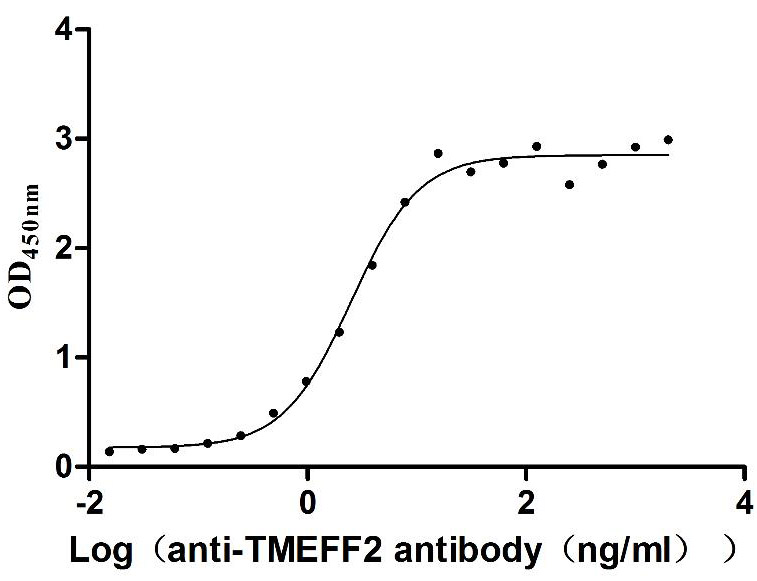Recombinant Mouse UDP-glucuronosyltransferase 1-1 (Ugt1a1), partial
-
中文名称:小鼠Ugt1a1重组蛋白
-
货号:CSB-YP737232MO1
-
规格:
-
来源:Yeast
-
其他:
-
中文名称:小鼠Ugt1a1重组蛋白
-
货号:CSB-EP737232MO1
-
规格:
-
来源:E.coli
-
其他:
-
中文名称:小鼠Ugt1a1重组蛋白
-
货号:CSB-EP737232MO1-B
-
规格:
-
来源:E.coli
-
共轭:Avi-tag Biotinylated
E. coli biotin ligase (BirA) is highly specific in covalently attaching biotin to the 15 amino acid AviTag peptide. This recombinant protein was biotinylated in vivo by AviTag-BirA technology, which method is BriA catalyzes amide linkage between the biotin and the specific lysine of the AviTag.
-
其他:
-
中文名称:小鼠Ugt1a1重组蛋白
-
货号:CSB-BP737232MO1
-
规格:
-
来源:Baculovirus
-
其他:
-
中文名称:小鼠Ugt1a1重组蛋白
-
货号:CSB-MP737232MO1
-
规格:
-
来源:Mammalian cell
-
其他:
产品详情
-
纯度:>85% (SDS-PAGE)
-
基因名:
-
Uniprot No.:
-
别名:Ugt1a1; Ugt1; UDP-glucuronosyltransferase 1A1; UGT1A1; UDP-glucuronosyltransferase 1-1; UDPGT 1-1; UGT1*1; UGT1-01; UGT1.1; UGTBR1
-
种属:Mus musculus (Mouse)
-
蛋白长度:Partial
-
蛋白标签:Tag type will be determined during the manufacturing process.
The tag type will be determined during production process. If you have specified tag type, please tell us and we will develop the specified tag preferentially. -
产品提供形式:Lyophilized powder
Note: We will preferentially ship the format that we have in stock, however, if you have any special requirement for the format, please remark your requirement when placing the order, we will prepare according to your demand. -
复溶:We recommend that this vial be briefly centrifuged prior to opening to bring the contents to the bottom. Please reconstitute protein in deionized sterile water to a concentration of 0.1-1.0 mg/mL.We recommend to add 5-50% of glycerol (final concentration) and aliquot for long-term storage at -20℃/-80℃. Our default final concentration of glycerol is 50%. Customers could use it as reference.
-
储存条件:Store at -20°C/-80°C upon receipt, aliquoting is necessary for mutiple use. Avoid repeated freeze-thaw cycles.
-
保质期:The shelf life is related to many factors, storage state, buffer ingredients, storage temperature and the stability of the protein itself.
Generally, the shelf life of liquid form is 6 months at -20°C/-80°C. The shelf life of lyophilized form is 12 months at -20°C/-80°C. -
货期:Delivery time may differ from different purchasing way or location, please kindly consult your local distributors for specific delivery time.Note: All of our proteins are default shipped with normal blue ice packs, if you request to ship with dry ice, please communicate with us in advance and extra fees will be charged.
-
注意事项:Repeated freezing and thawing is not recommended. Store working aliquots at 4°C for up to one week.
-
Datasheet :Please contact us to get it.
相关产品
靶点详情
-
功能:UDP-glucuronosyltransferase (UGT) that catalyzes phase II biotransformation reactions in which lipophilic substrates are conjugated with glucuronic acid to increase the metabolite's water solubility, thereby facilitating excretion into either the urine or bile. Essential for the elimination and detoxification of drugs, xenobiotics and endogenous compounds. Catalyzes the glucuronidation of endogenous estrogen hormones such as estradiol, estrone and estriol. Involved in the glucuronidation of bilirubin, a degradation product occurring in the normal catabolic pathway that breaks down heme in vertebrates. Also catalyzes the glucuronidation the isoflavones genistein, daidzein, glycitein, formononetin, biochanin A and prunetin, which are phytoestrogens with anticancer and cardiovascular properties. Involved in the glucuronidation of the AGTR1 angiotensin receptor antagonist losartan, a drug which can inhibit the effect of angiotensin II. Involved in the biotransformation of 7-ethyl-10-hydroxycamptothecin (SN-38), the pharmacologically active metabolite of the anticancer drug irinotecan.
-
基因功能参考文献:
- data confirm that Ugt1a proteins are present and active in preimplantation murine embryos and point to a potential role for these proteins in implantation and early embryonic and fetal development PMID: 25200869
- Intestinal induction of the UGT1A1 gene may serve to limit toxicity and improve the efficacy associated with CPT-11 colorectal cancer treatment. PMID: 24191041
- Data observed that OSM positively augmented the CAR and UGT1A1 expressions and CAR-mediated signaling in vivo and in vitro, through cross talk between the nuclear CAR receptor and the plasma membrane OSM receptor, via the MAPK cascade. PMID: 20197307
- suppression of AhR signaling pathway is associated with the down-regulation of Ugt1a mRNA during urinary bladder carcinogenesis. PMID: 19880377
- Nrf2-Keap1-dependent UGT1A1 induction by prooxidants might represent a key adaptive response to cellular oxidative stress PMID: 17259171
- the loss of UGT1A function in Ugt1(-/-) mice leads to a metabolic syndrome that can serve as a model to further investigate the toxicities associated with unconjugated bilirubin and the impact of this disease in humans. PMID: 18180294
显示更多
收起更多
-
亚细胞定位:Endoplasmic reticulum membrane; Single-pass membrane protein.
-
蛋白家族:UDP-glycosyltransferase family
-
组织特异性:Highly expressed in liver and at lower levels in colon, kidney, stomach and intestine.
-
数据库链接:
Most popular with customers
-
Recombinant Mouse Desmoglein-3 (Dsg3), partial (Active)
Express system: Mammalian cell
Species: Mus musculus (Mouse)
-
Recombinant Human papillomavirus type 16 Protein E7 (E7) (Active)
Express system: E.coli
Species: Human papillomavirus type 16
-
Recombinant Human Prolactin receptor (PRLR), partial (Active)
Express system: Mammalian cell
Species: Homo sapiens (Human)
-
Recombinant Mouse Microtubule-associated protein tau (Mapt) (Active)
Express system: Mammalian cell
Species: Mus musculus (Mouse)
-
Recombinant Macaca mulatta Semaphorin-4D isoform 1 (SEMA4D), partial (Active)
Express system: Mammalian cell
Species: Macaca mulatta (Rhesus macaque)
-
Express system: Mammalian cell
Species: Homo sapiens (Human)
-
Recombinant Human Claudin-6 (CLDN6)-VLPs, Fluorescent (Active)
Express system: Mammalian cell
Species: Homo sapiens (Human)
-
Recombinant Human Tomoregulin-2 (TMEFF2), partial (Active)
Express system: Mammalian cell
Species: Homo sapiens (Human)


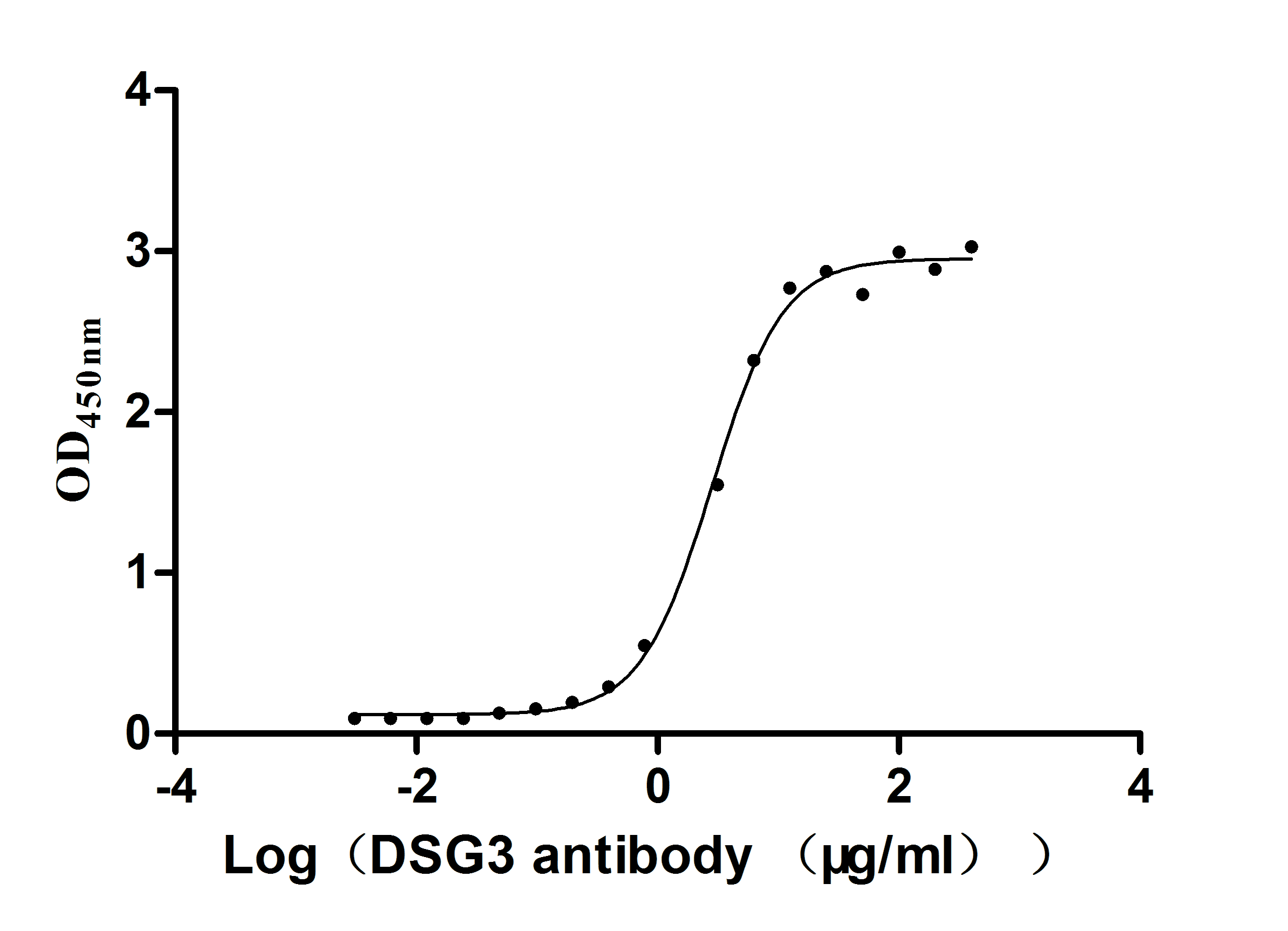
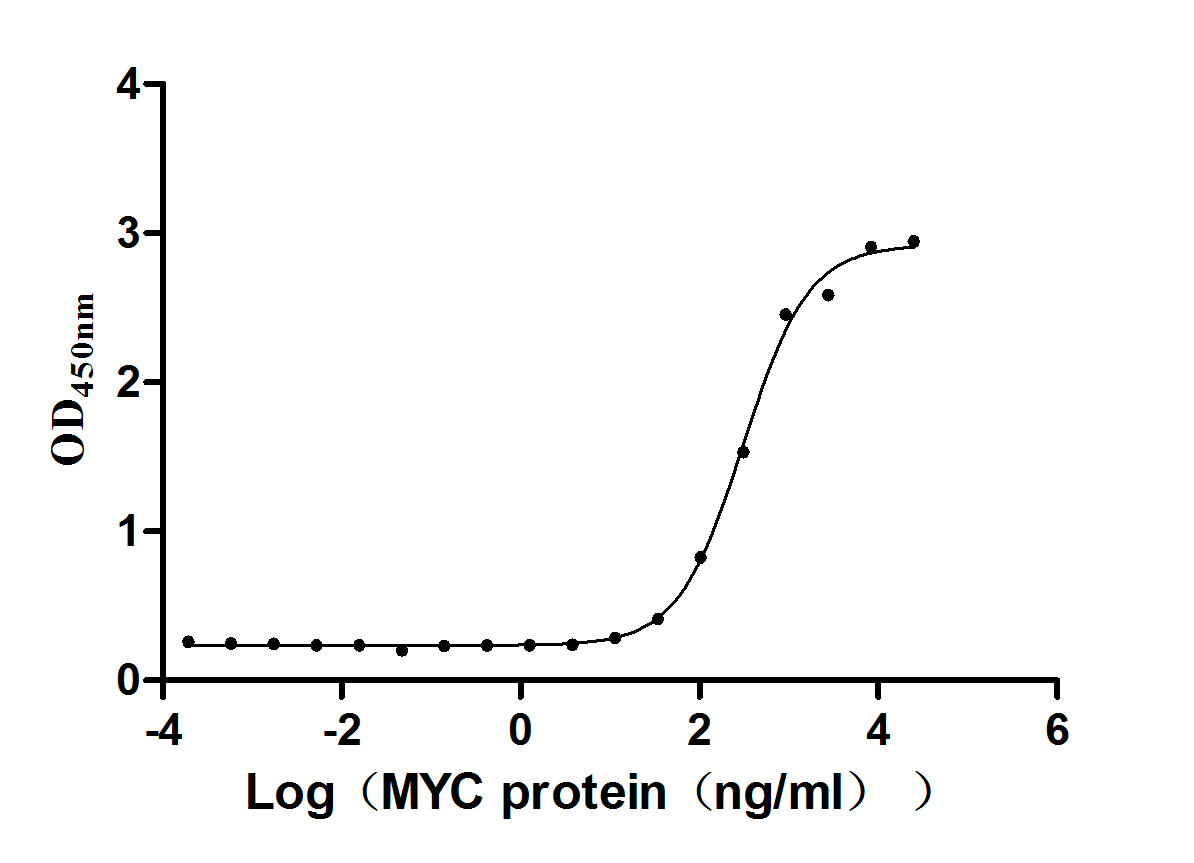
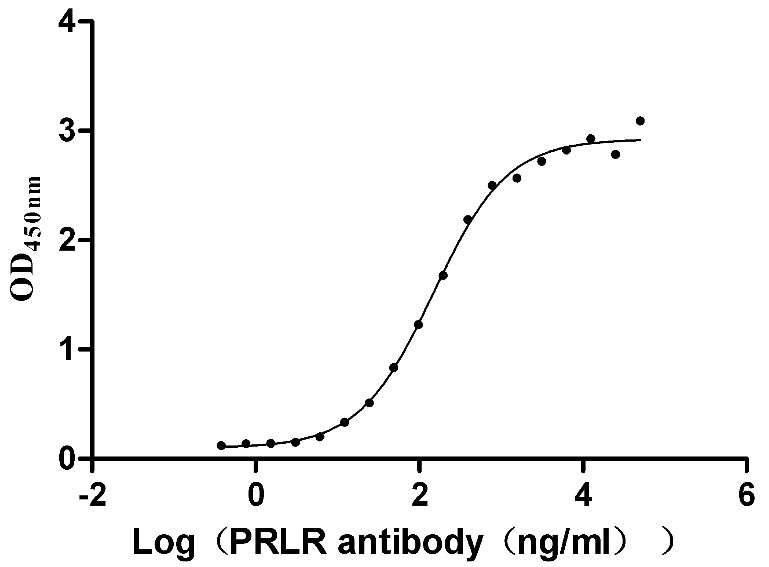
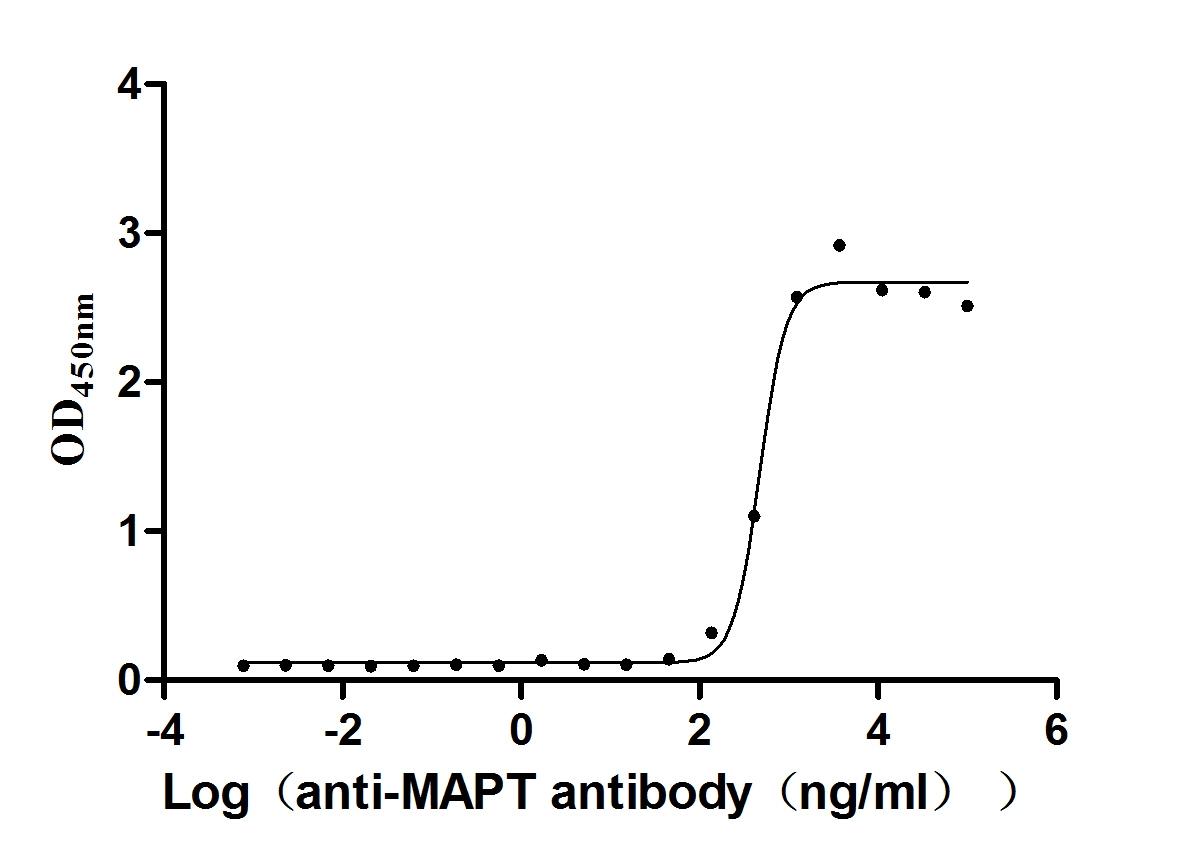
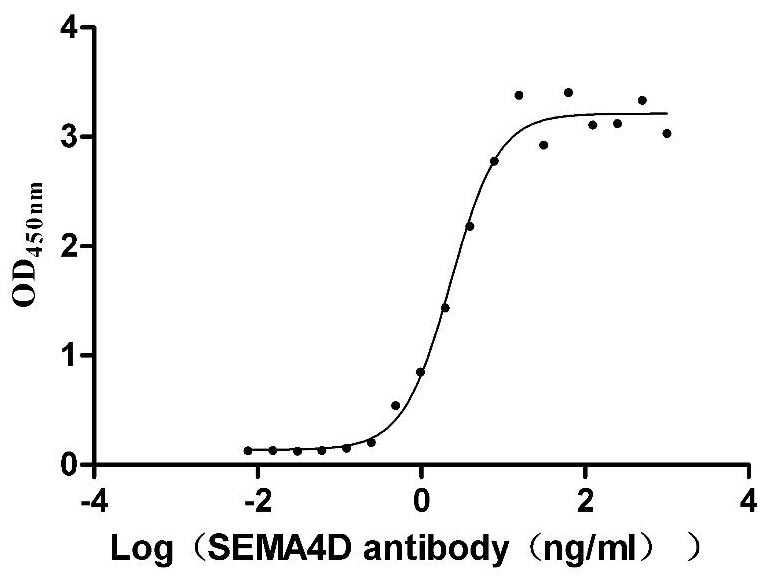
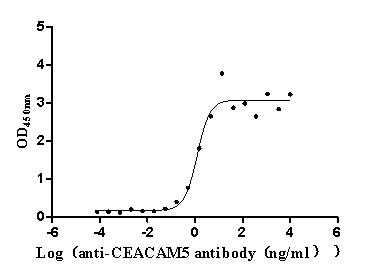
f4-AC1.jpg)
